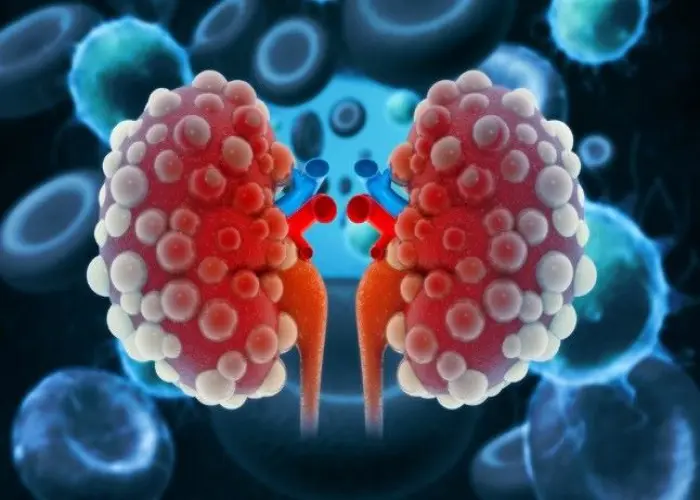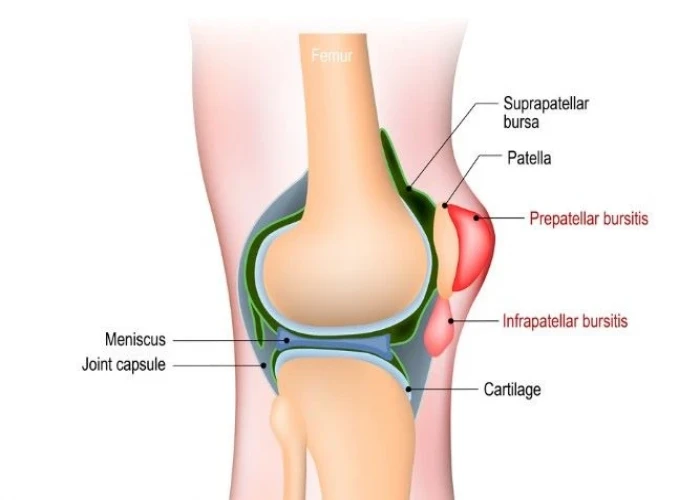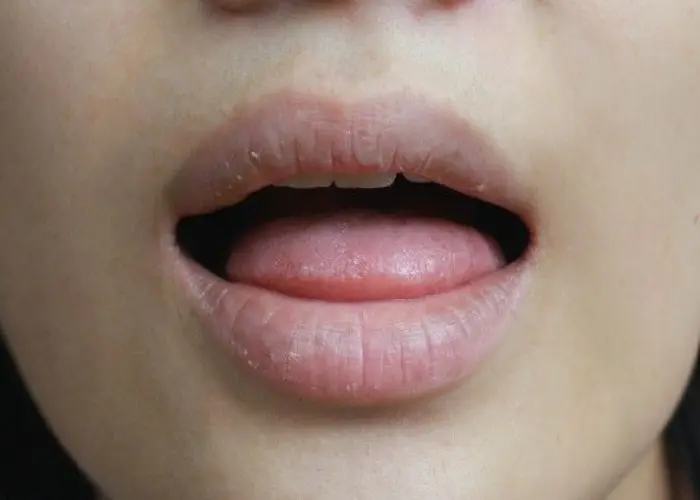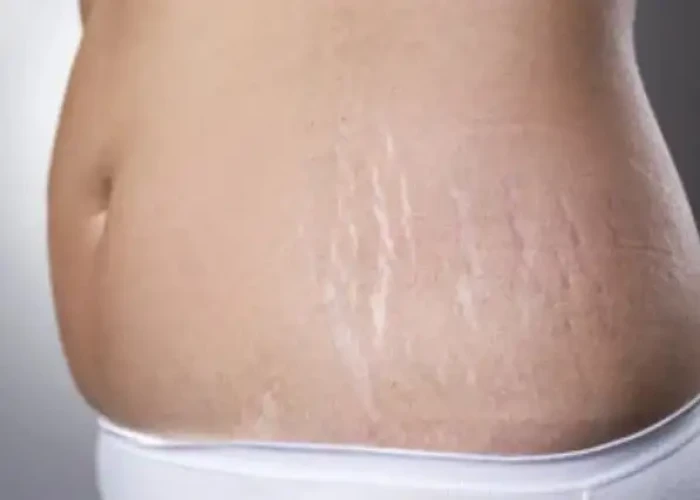 Welcome
Welcome
“May all be happy, may all be healed, may all be at peace and may no one ever suffer."
Stretch marks

Stretch marks are lines or streaks that develop on the skin, often due to rapid growth or stretching of the skin. They are most commonly found on the abdomen, breasts, hips, buttocks, and thighs, and can be caused by a variety of factors, including pregnancy, weight gain, puberty, and certain medical conditions.
Stretch marks typically start out as pink, red, or purple lines on the skin that gradually fade to white or silver over time. They may feel slightly raised or indented and can be itchy or uncomfortable.
While stretch marks are generally harmless, they can be a cosmetic concern for some people. There are several treatments available to help reduce the appearance of stretch marks, including:
- Topical creams: Over-the-counter creams and ointments containing retinoids, vitamin C, or hyaluronic acid may help reduce the appearance of stretch marks by increasing collagen production and improving skin elasticity.
- Laser therapy: Laser therapy can be used to stimulate collagen production and improve the appearance of stretch marks. This treatment is generally safe and effective, but multiple sessions may be needed.
- Microdermabrasion: Microdermabrasion is a non-invasive treatment that uses a special tool to gently remove the top layer of skin. This can help reduce the appearance of stretch marks by promoting the growth of new skin cells.
- Chemical peels: Chemical peels involve applying a chemical solution to the skin to remove the top layer of damaged skin cells. This can help reduce the appearance of stretch marks by promoting the growth of new, healthy skin cells.
While these treatments can help reduce the appearance of stretch marks, it is important to remember that they may not completely eliminate them. It is also important to practice healthy skin habits, such as staying hydrated, maintaining a healthy weight, and using sunscreen, to help prevent the development of new stretch marks.
Research Papers
Disease Signs and Symptoms
- Abdomen streaks
- Indented streaks or lines on the abdomen, breasts, hips, buttocks or other places on the body
Disease Causes
Stretch marks
The cause of stretch marks is stretching of the skin. Their severity is affected by several factors, including your genetics and the degree of stress on the skin. Your level of the hormone cortisol also might play a role. Cortisol — a hormone produced by the adrenal glands — weakens elastic fibers in the skin.
Disease Prevents
Disease Treatments
Stretch marks don't require treatment. They are harmless and often fade over time. Treatment can make them fade, but they may never completely disappear.
The following treatments are among those available to help improve the appearance and texture of stretch marks. None has been proved to be more consistently successful than the others.
- Retinoid cream. Derived from vitamin A, retinoids — such as tretinoin (Retin-A, Renova, Avita) — that you apply to your skin may improve the appearance of stretch marks less than a few months old. Tretinoin, when it works, helps to rebuild a protein in the skin called collagen, making the stretch marks look more like your normal skin. Tretinoin can irritate your skin.
- If you're pregnant or nursing, talk with your doctor about other treatment options, because possible side effects of retinoid cream may affect the baby.
- Light and laser therapies. A variety of light and laser therapies are available that might stimulate growth of collagen or promote elasticity. Your doctor can help you determine which technique is appropriate for you.
- Microneedling. This type of treatment involves a hand-held device with tiny needles that stimulate collagen growth. This technique has less risk of pigmentation changes than does laser therapy so is the preferred initial approach for people with skin of color.
Work with your doctor to choose the most appropriate treatment or combination of treatments for you. Factors to consider include:
- How long you've had the stretch marks
- Your skin type
- Convenience, as some therapies require repeated doctor visits
- Cost, as treatments to improve appearance (cosmetic therapies) often aren't covered by medical insurance
- Your expectations
Disease Diagnoses
Disease Allopathic Generics
Disease Ayurvedic Generics
Disease Homeopathic Generics
Disease yoga
Stretch marks and Learn More about Diseases

End-stage renal disease

Herniated disk

Knee bursitis

Muscular dystrophy

Fibromuscular dysplasia

Shigella infection

Glioma

Dry mouth
stretch marks, স্ট্রেচ মার্ক
To be happy, beautiful, healthy, wealthy, hale and long-lived stay with DM3S.
